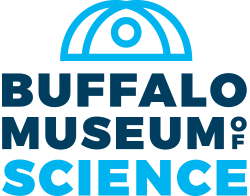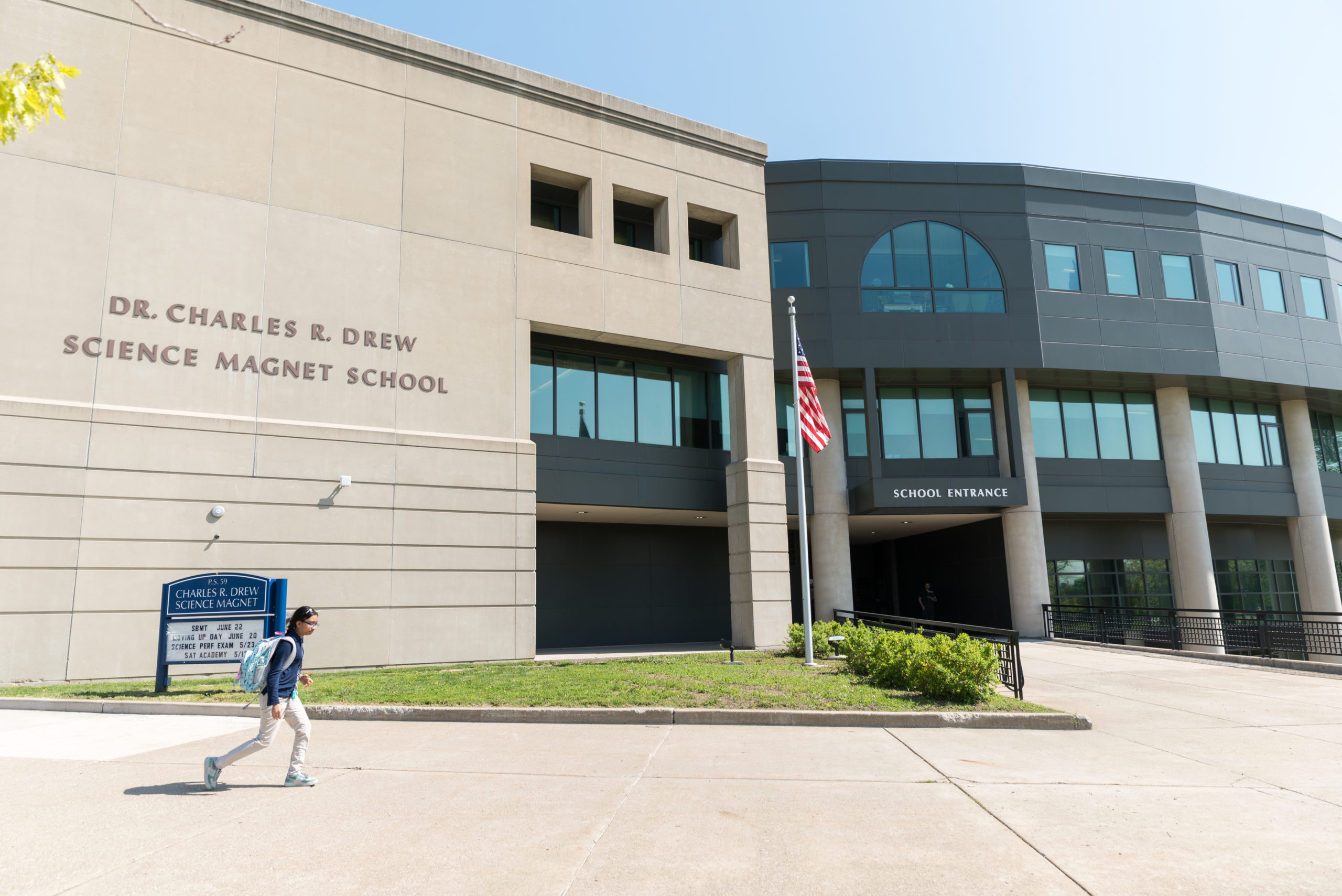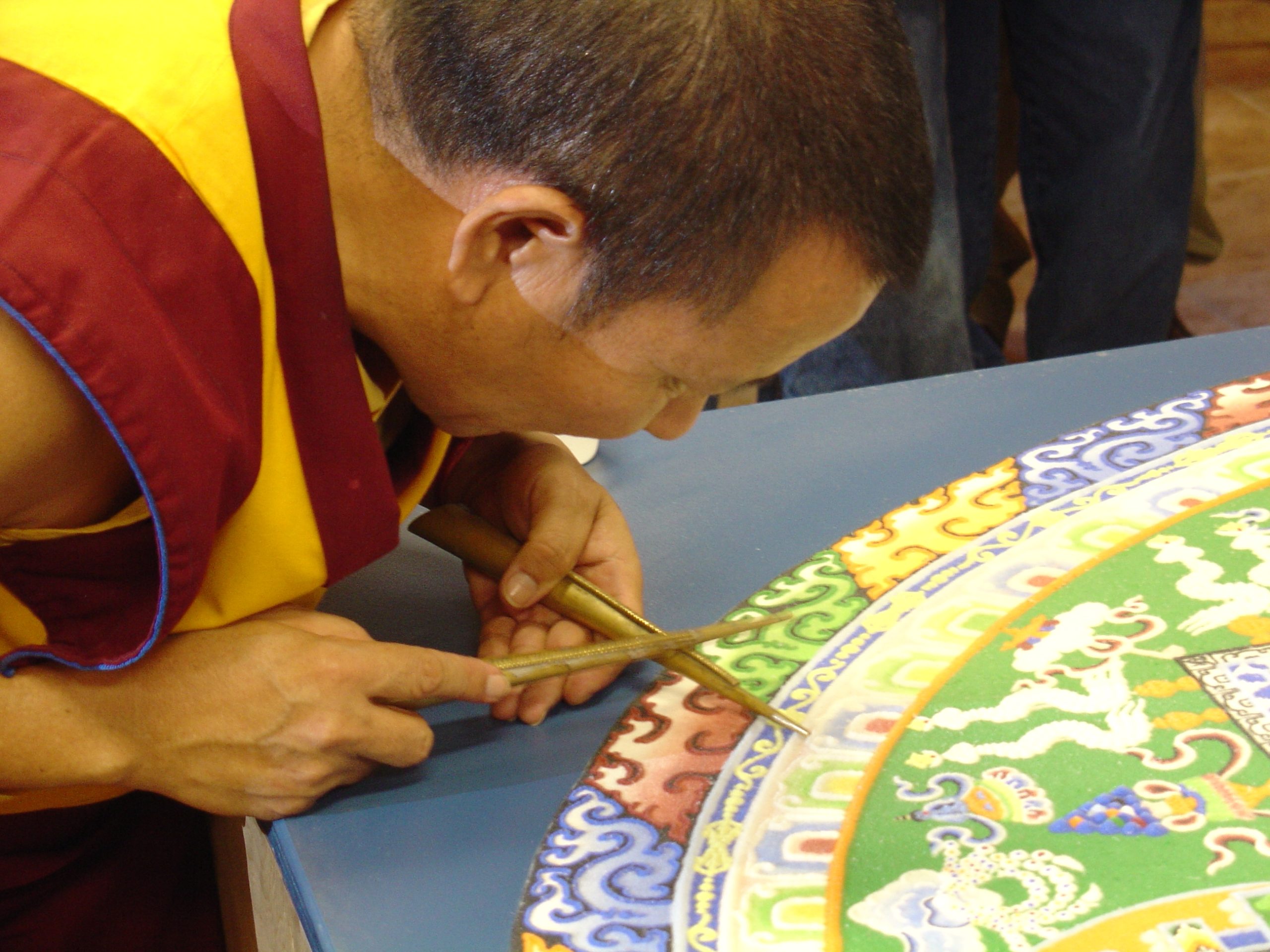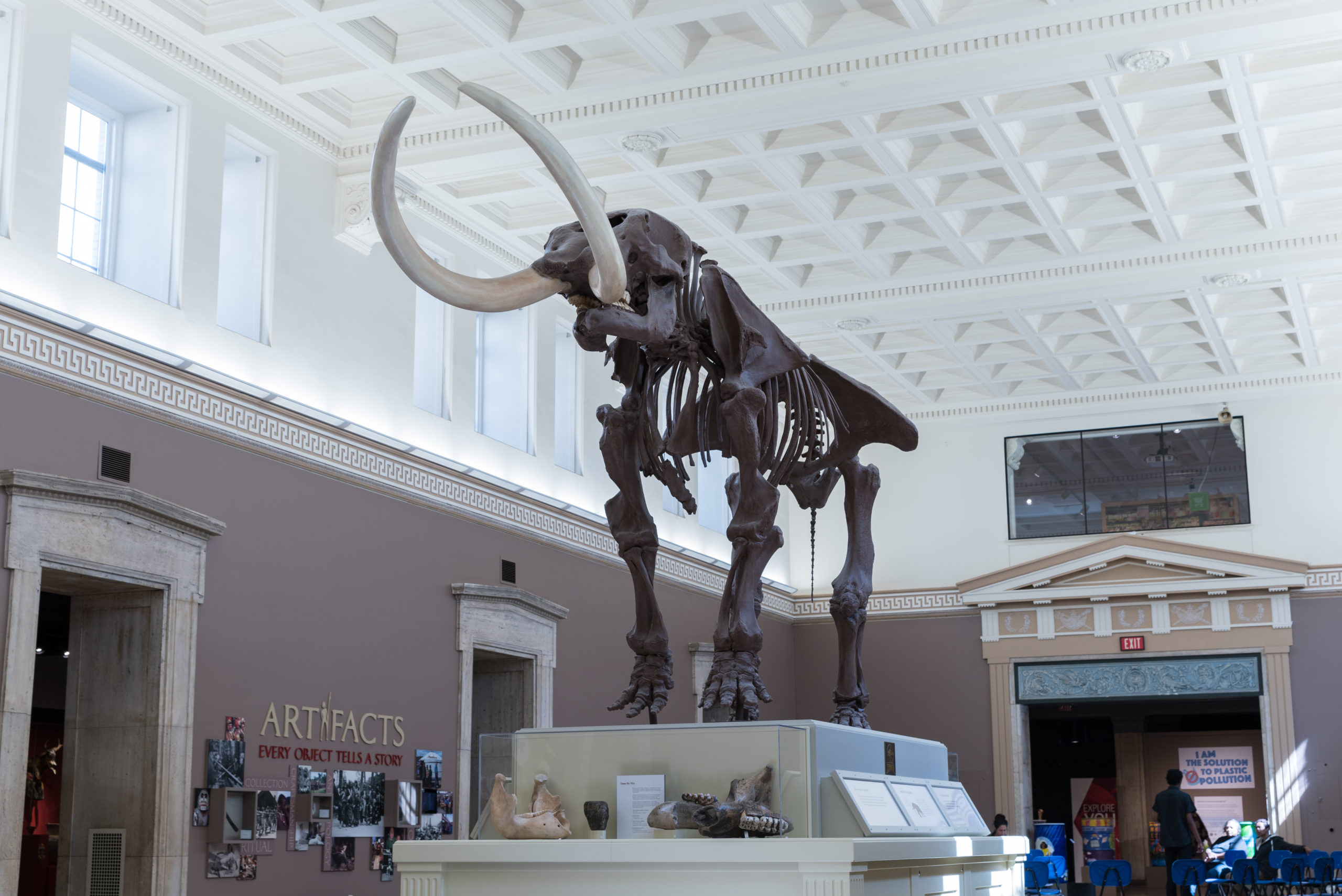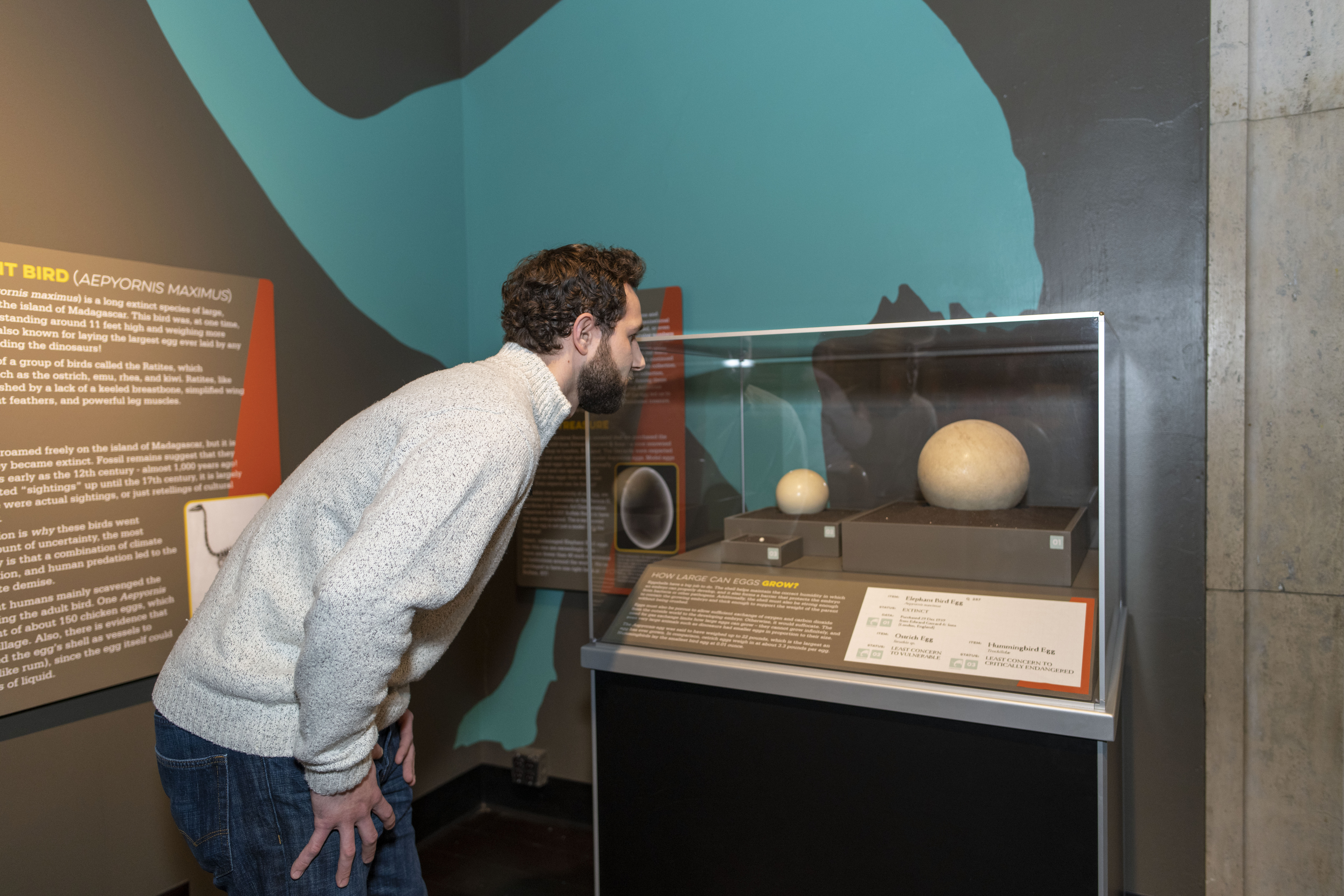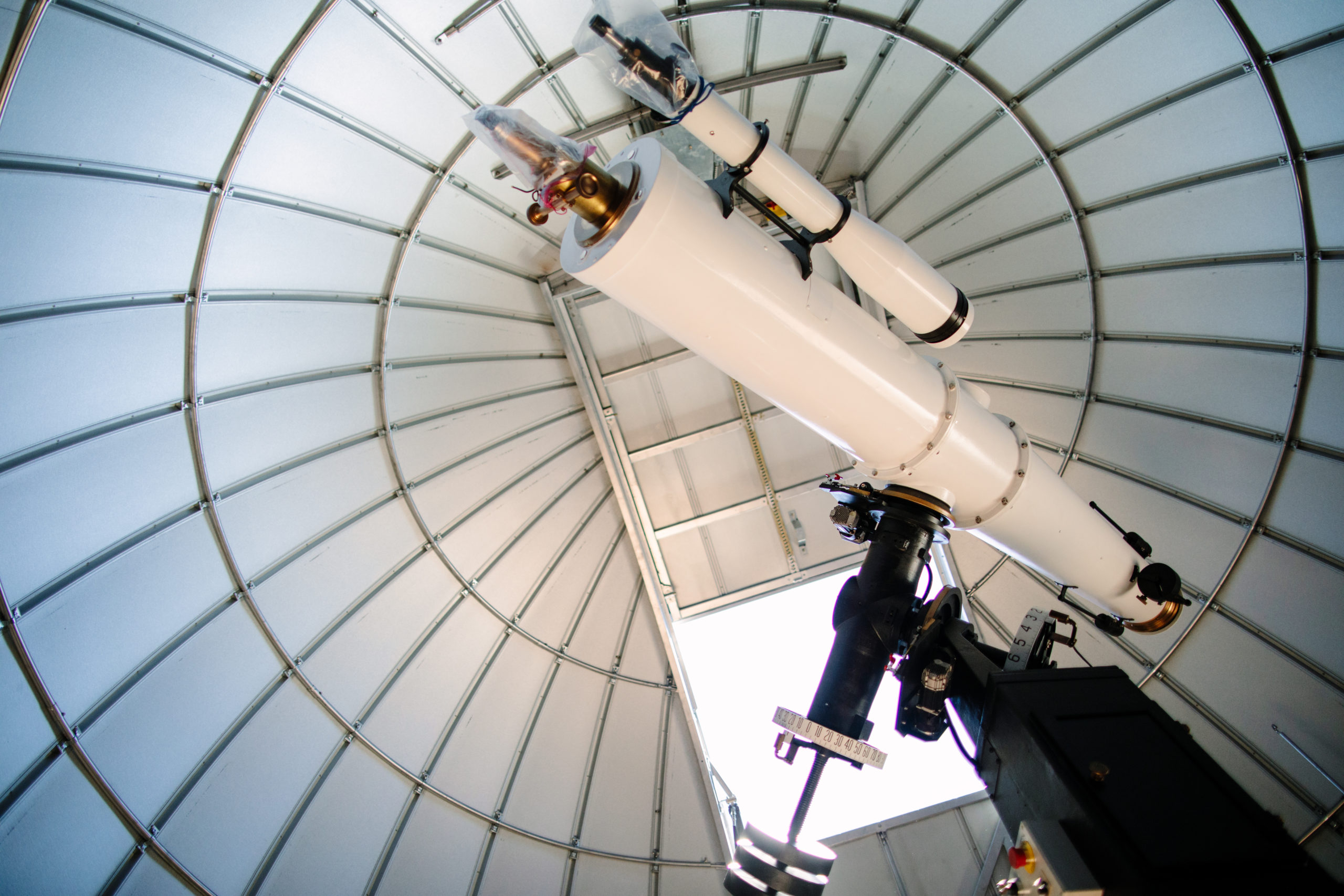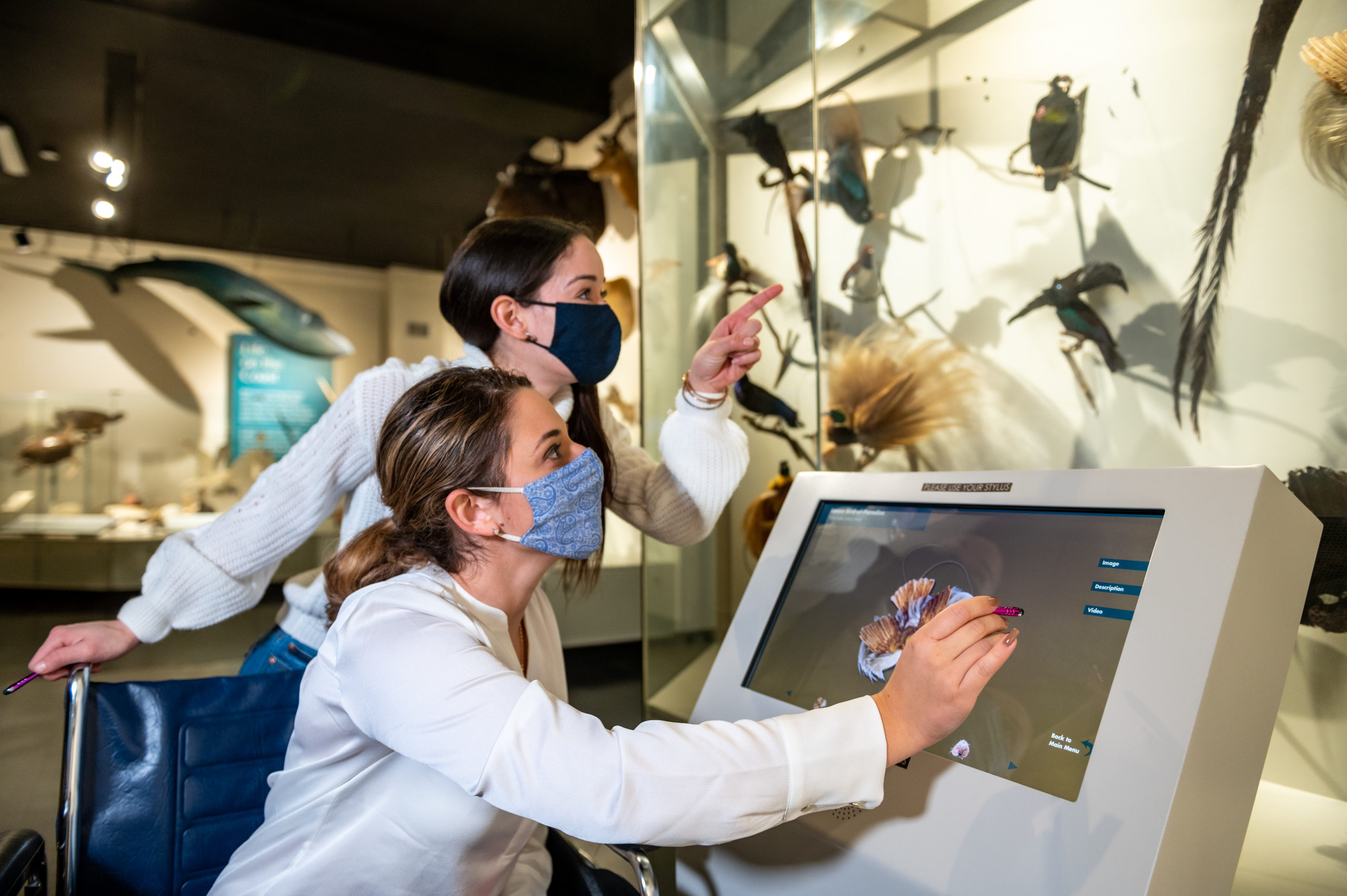MUSEUM HOURS:
- Home
- Sixteen Stories
Sixteen Stories for Sixteen Decades of Science, Exploration, and Learning
Since the Buffalo Society of Natural Sciences’ inaugural 1861 meeting in our original home in the Jewett Building, we have served as a catalyst for curiosity, imagination, and STEM learning in the Western New York community. Created as a collecting and educational organization, our founders were passionate about providing experiential learning for people of all ages. Today, we are still dedicated to the same mission — using our unique collection of over 750,000 items to provide opportunities for all to develop a scientific understanding and appreciation of the natural and cultural world. Our founders’ interests in science and education started the Buffalo Society of Natural Sciences on its path and guided our evolution throughout our 160-year history.
1861 | Founding of the Buffalo Society of Natural Sciences
Members of the Young Men’s Association (YMA) acquire numerous specimens, minerals, fossils, insects, pressed plants, and various paintings. As their collection grows, the group dedicates its interest to the natural sciences. Early members include United States Presidents Millard Filmore and Grover Cleveland.
1920s - 1970s | Museum Kids
Over 500 kids participate in the Junior Education Program, partaking in activities and classes.
1930 | Dioramas and the Marchand Family
Henri Marchand and his sons Paul and George, diorama pioneers, place taxidermy specimens alongside botanical and animal models to simulate a natural habitat. Their worlds are still here today, including the treasured Bison Diorama.
1938 | Museum acquires the P.G.T. Black Collection
A collection of over 6,200 is among the top five South Pacific material culture collections in any museum. Industrialist Percy Black gathered this collection well, working for a shipping company.
In 1937, Chauncey Hamlin purchased the collection for the Society. As a result, Western New Yorkers have access to one of the largest Oceanic collections in the world.
1982 | The Society becomes the steward of Tifft Nature Preserve
The former brownfield, now a 264 acre preserve dedicated to environmental education, provides Western New Yorkers a place to immerse themselves in nature and offers an abundance of environmental education and outdoor experiences to foster an appreciation for nature.
1988 | Dinosaurs Alive! Comes to Buffalo
The first major traveling exhibition attracts more than 250,000 visitors. Fleets of school busses bring children to see the impressive nine-foot-tall Tyrannosaurus Rex.
1990 | Charles Richard Drew Science Magnet School opens
The Buffalo Museum of Science is the first museum in the nation to have a public elementary school both physically and programmatically linked. Today, the Drew School serves more than 1,100 students and offers specialized science education in the Museum.
2008 | A STEM Museum for the twenty-first century
The Museum launches its master exhibit plan to completely renovate eight of the facility’s core exhibit spaces into engaging “Science Studios.”
2009 | BODY WORLDS draws record crowds
Gunther von Hagens’ international blockbuster attracts 160,000 awe-inspired visitors in just 88 days.
2011 | Our largest family members
Seymour the Mastodon and Stanley the Albertosaurus join the family – this year, the two residents celebrate their 10th “birthdays”!
2018 | Rediscovery of a rare elephant bird egg
A rare elephant bird egg, rediscovered in the Museum’s collection, is featured in Smithsonian Magazine and makes international news.
2018 | Kellogg Observatory reopens
After being closed for almost two decades, this renovation completes the literal top to bottom renovation of the Museum’s exhibit spaces. The fully restored Lundin telescope sits under a new durable, aluminized steel dome. It is powered by state-of-the-art mapping technology, once again opening the skies to a new generation of explorers.
2020 | Museum evolves
As our community and global world changes, BSNS recognizes that we must evolve too. The beginning of the pandemic forces the Museum to close its doors, and our staff adapts and develops virtual programming to inspire the WNY community at home. The BSNS also renews our dedication to respecting and celebrating the cultures we display, ensuring that equity and inclusion pervade all that we do, and creating a welcoming and safe environment for all to ask questions and explore.
